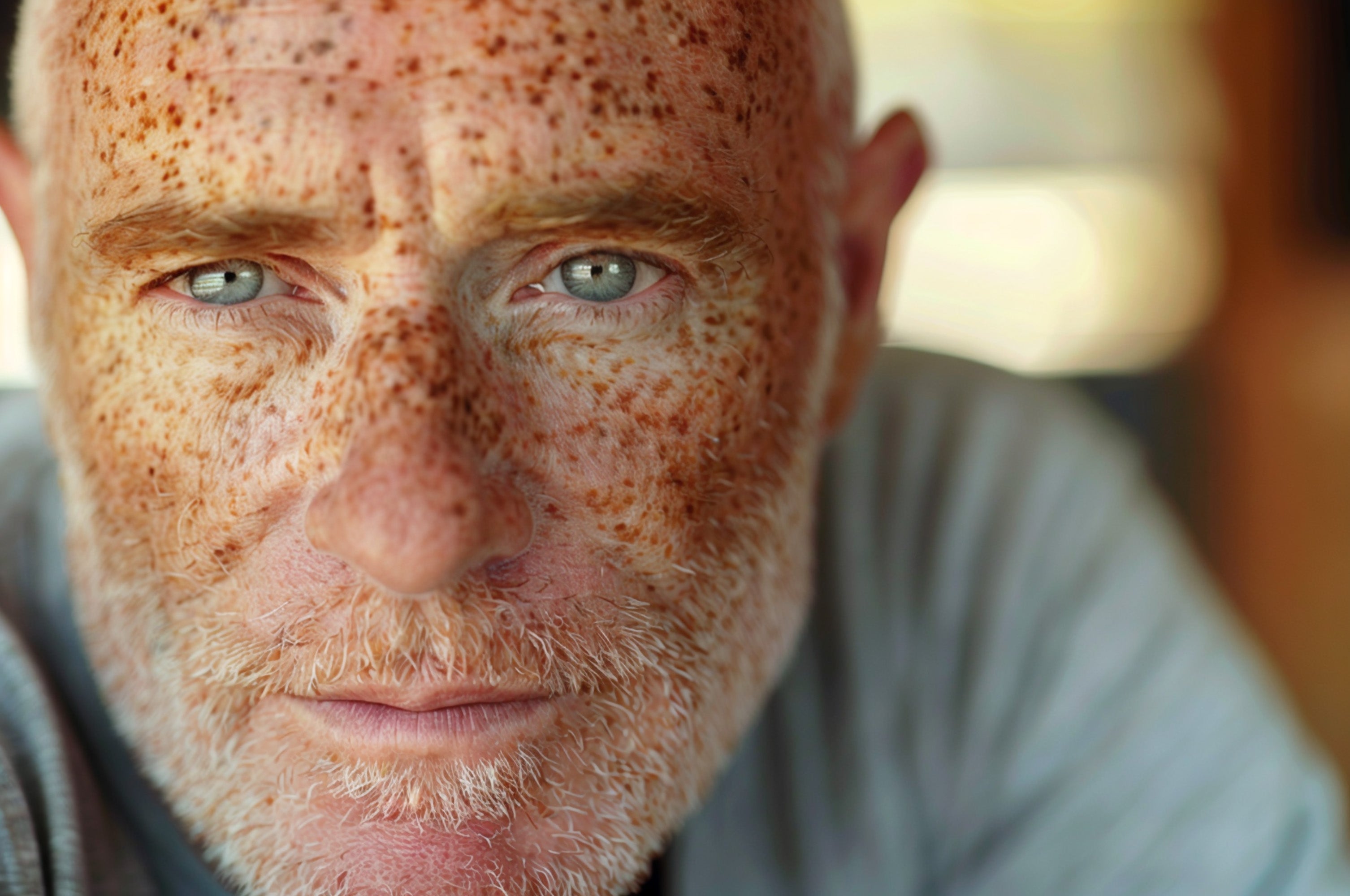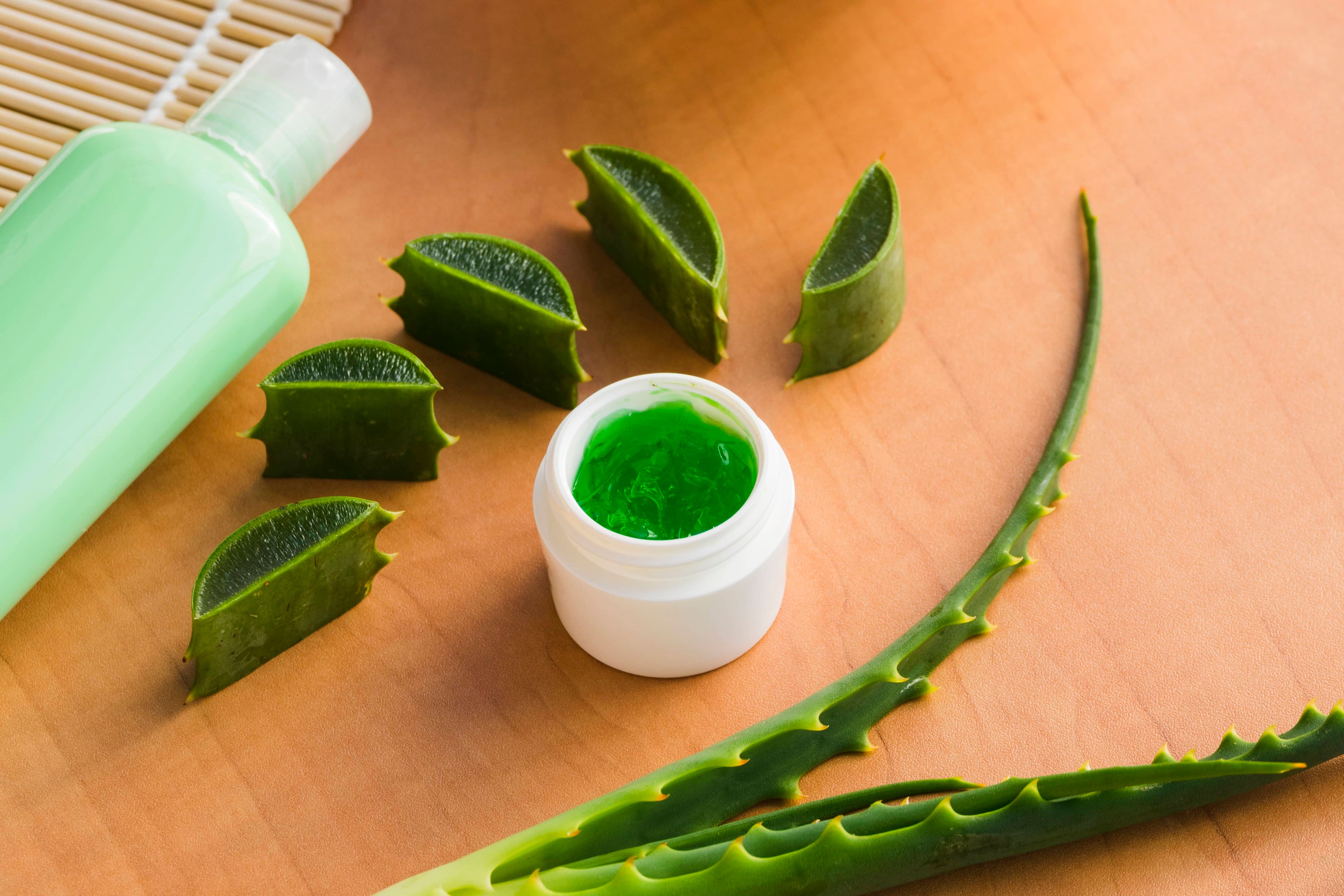Common Rosacea Triggers You Should Avoid and How to Manage Flare-Ups

Rosacea is a chronic skin condition that affects millions of people worldwide. Understanding the common triggers can help you manage flare-ups and maintain healthier skin.
While there is no cure for rosacea, identifying and avoiding triggers can help reduce symptoms and improve overall skin health. In this blog, we will discuss the primary triggers of rosacea and how to effectively manage them.
Environmental Triggers
1. Sun Exposure
One of the most significant triggers for rosacea is sun exposure. UV rays can cause skin inflammation and worsen redness. Always wear a broad-spectrum sunscreen with an SPF of 30 or higher, and consider wearing a wide-brimmed hat to protect your face.
2. Exercise or Any Rigorous Activity
While exercise is essential for overall health, it can also provoke rosacea flare-ups in some individuals due to increased body temperature and sweating. Opt for lighter workouts or practice cooling down after exercising.
3. Indoor Heating and Air Conditioning
Extreme temperatures can trigger rosacea symptoms. Indoor heating in winter and air conditioning in summer can dry out your skin and lead to flare-ups. Aim to maintain a comfortable indoor climate and consider using a humidifier during dry months.
Dietary Triggers
1. Spicy Food
Spicy dishes can cause blood vessels to dilate, leading to facial redness. If you notice a pattern, keep your spice levels in check.
2. Hot Beverages
Hot drinks, like coffee and tea, can trigger rosacea. Allow your beverages to cool slightly before consumption.
3. Alcohol
Alcohol, particularly red wine, can trigger rosacea due to its potential to cause inflammation and disrupt gut health, which may worsen symptoms. The compounds found in red wine, like histamines and sulfites, can provoke reactions in sensitive individuals. Therefore, limiting alcohol intake can help determine if it alleviates symptoms.
4. Caffeine
Like alcohol, caffeine can cause flushing in some people. Monitor your consumption and consider reducing it if necessary.
5. Dairy Products
Some individuals find that dairy exacerbates their rosacea. Experiment with eliminating dairy from your diet to see if it helps.
6. Acidic Foods
Tomatoes and citrus fruits can trigger flare-ups for some. Be mindful of your intake of these foods.
7. Processed Foods
Processed and sugary foods can lead to inflammation. Focus on a balanced diet rich in whole foods.
8. Salt
High-sodium foods may contribute to flare-ups. Monitor your salt intake and opt for fresh ingredients whenever possible.
Identifying foods that trigger your rosacea requires a mindful approach. Start by keeping a detailed food diary to log everything you eat and any changes in your skin condition. This helps spot connections between specific foods and flare-ups.
Once you suspect a trigger, remove that food from your diet for a few weeks to see if your symptoms improve. Then, gradually reintroduce it to confirm its impact on your skin.
Emotional and Physical Stressors
Emotional and physical changes can also trigger rosacea symptoms. Here are some common stressors to look out for:
1. Stress and Anxiety
Emotional stress can trigger rosacea by causing the body to release inflammatory chemicals. Practice stress-relief techniques like meditation, yoga, or deep-breathing exercises.
2. Hormonal Changes
Hormonal fluctuations, especially in women, can lead to flare-ups. Keep track of your cycle and symptoms to identify any correlations.
Skincare and Personal Care Products
Navigating the myriad of skincare choices can be particularly daunting for those with rosacea. Yet, curating an effective skincare regimen is paramount in managing this condition. It is essential to recognise that certain products and ingredients can exacerbate symptoms and lead to pronounced flare-ups. Here are some things to look out for:
1. Harsh Skincare Ingredients
Avoid products containing alcohol, fragrances, or harsh exfoliants, as they can aggravate rosacea.
2. Heavy or Occlusive Skincare Products
Thick creams can trap heat in the skin, exacerbating symptoms. Opt for lighter formulations.
3. Makeup Products
Choose non-comedogenic and mineral-based makeup products to avoid irritating your skin.
4. Excessive Scrubbing or Exfoliation
Over-exfoliating can lead to increased redness and irritation. Use gentle exfoliants and limit frequency.
Symptoms of Rosacea
Rosacea can manifest a variety of symptoms, which can differ significantly in severity and appearance. Here are some common signs of rosacea:
1. Facial Redness
One of the most common symptoms of rosacea is persistent redness on the face. This is especially noticeable on the cheeks, nose, and forehead. The redness can vary in intensity, sometimes resembling a blush or sunburn that doesn't fade.
2. Visible Blood Vessels
As rosacea progresses, enlarged blood vessels may become visible under the skin. These dilated capillaries can create a network of red lines on the face, particularly around the nose and cheeks, contributing to an overall flushed appearance.
3. Bumps and Pimples
Rosacea can lead to breakouts that resemble acne, often manifesting as small, red bumps or pimples. These breakouts are usually accompanied by increased redness and can sometimes be mistaken for typical acne, though they often persist longer and may not respond to standard acne treatments.
4. Dry, Flaky Skin
In areas affected by rosacea, the skin may become dry and flaky. This dryness can lead to discomfort and irritation, making it essential to use gentle, hydrating skincare products to soothe the skin and maintain its moisture balance.
What Helps with Rosacea
1. Gentle Cleansers

Using mild, fragrance-free cleansers helps avoid irritation that can trigger rosacea flare-ups. Harsh soaps and cleansers can strip the skin of its natural oils, leading to increased sensitivity. Opt for products with soothing ingredients like aloe vera or chamomile to calm the skin while effectively removing dirt and makeup.
2. Lightweight Moisturiser
A lightweight, non-comedogenic moisturizer is crucial for rosacea-prone skin as it hydrates without blocking pores. Look for moisturizers that contain soothing agents like glycerin or hyaluronic acid, which can help maintain skin hydration and reduce sensitivity, keeping the skin barrier intact.
3. Green Tea Extracts

Topical products that include green tea extracts are beneficial for rosacea due to their anti-inflammatory properties. Green tea is rich in antioxidants, which can help reduce redness and swelling. Applying creams or serums with green tea can soothe irritated skin and provide a calming effect.
4. Opting for Mineral-Based Foundations and Cosmetics
Mineral-based cosmetics often contain fewer irritants compared to traditional makeup. Ingredients like zinc oxide and titanium dioxide not only provide coverage but also have anti-inflammatory properties that can help calm rosacea-prone skin. These products are less likely to cause irritationand can offer a natural, breathable finish.
5. Laser Therapy
Consulting a dermatologist about laser treatments can be a game-changer for managing rosacea. Laser therapies, such as pulsed dye lasers, target the blood vessels that cause redness, effectively reducing visible blood vessels and overall redness. This treatment can lead to long-lasting improvements in skin appearance.

6. Azelaic Acid
Azelaic acid is a powerful ingredient for rosacea as it helps reduce inflammation, redness, and the appearance of bumps. It works by killing skin bacteria and promoting skin cell turnover, which helps improve skin texture. Regular use of products containing azelaic acid can lead to clearer, calmer skin over time.

Who Is Most Prone to Rosacea?

Rosacea commonly affects individuals with fair skin, especially those who are between 30 and 50 years old. Genetic factors also play a role, so if you have family members with the condition, you may be at a higher risk.
Is Rosacea Hereditary?
Yes, rosacea can indeed run in families, indicating a genetic predisposition to the condition. If you have a family history of rosacea, it can increase your likelihood of developing it yourself. This hereditary link suggests that certain genetic factors may play a role in how the skin reacts, making individuals with a family background of rosacea more susceptible to its symptoms.
When to Seek Professional Help for Rosacea
If you notice persistent or worsening symptoms, it's essential to consult a dermatologist. They can provide personalised treatment options and help you establish an effective skincare routine for rosacea.
Take Control of Your Rosacea with a Personalised, Holistic Treatment Plan
At Skin to Heart, we understand the challenges of facial redness and the desire for healthier skin. Our experienced team of skin professionals is dedicated to creating a personalised treatment plan tailored to your specific concerns and needs. With our holistic approach, we not only aim to treat your rosacea but also enhance your overall skin health.
Contact us for a consultation at Skin to Heart Clinic. Don’t wait any longer—take control of your rosacea and regain your confidence in your own skin!
- Tags: rosacea
0 comments

